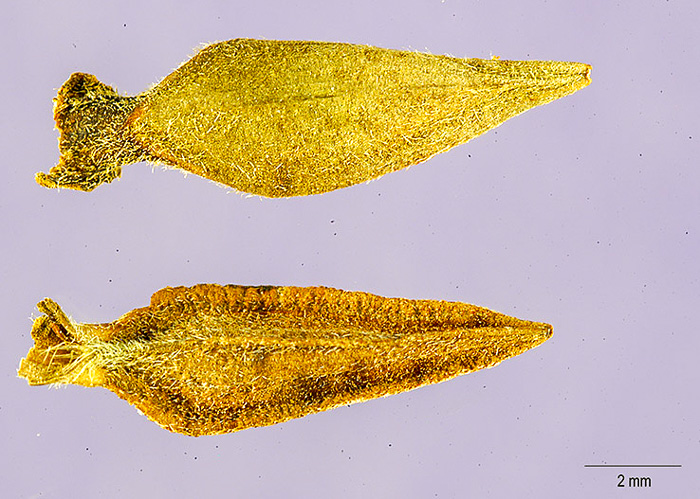Spermatophytes (seed plants): Angiosperms (flowering plants): Eudicots: Core Eudicots: Asterids: Campanulids: Asterales
WEAKLEY'S FLORA OF THE SOUTHEASTERN US (4/14/23):
Zinnia elegans
FAMILY
Asteraceae
Go to FSUS key
Dig deeper at SERNEC, a consortium of southeastern herbaria.
Read more about Zinnia at Vascular Plants of North Carolina.
SYNONYMOUS WITH
PLANTS NATIONAL DATABASE:
Zinnia violacea
FAMILY
Asteraceae
SYNONYMOUS WITH Floristic Synthesis of North America. BONAP (Kartesz, 2021)
Zinnia elegans
SYNONYMOUS WITH Flora of North America north of Mexico, vol. 19-20-21 (2006)
Zinnia violacea
SYNONYMOUS WITH Floristic Synthesis of North America (Kartesz, 1999)
Zinnia violacea
SYNONYMOUS WITH Manual of the Southeastern Flora (Small, 1933, 1938)
Zinnia elegans
COMMON NAME:
Garden Zinnia, Elegant Zinnia
To see larger pictures, click or hover over the thumbnails.
Tracey Slotta / USDA-NRCS PLANTS Database / ARS Systematic Botany & Mycology Lab pnd_ziel_002_lhp
Month Unknown
Achenes winged, per Weakley's Flora (2023).
WEAKLEY'S FLORA OF THE SOUTHEASTERN US (4/14/23):
Zinnia elegans
FAMILY
Asteraceae
SYNONYMOUS WITH
PLANTS NATIONAL DATABASE:
Zinnia violacea
FAMILY
Asteraceae
SYNONYMOUS WITH
Floristic Synthesis of North America. BONAP (Kartesz, 2021)
Zinnia elegans
SYNONYMOUS WITH
Flora of North America north of Mexico, vol. 19-20-21
Zinnia violacea
SYNONYMOUS WITH
Floristic Synthesis of North America (Kartesz, 1999)
Zinnia violacea
SYNONYMOUS WITH
Manual of the Southeastern Flora (Small, 1933, 1938)
Zinnia elegans
If a search such as "Carex leptalea var. leptalea" doesn't deliver the results you want, try "Carex leptalea".
Or, to minimize chances of a misspelling, try just "Carex le".
Less is more: If "pencil flower" doesn't deliver the results you want, try "pencil".


